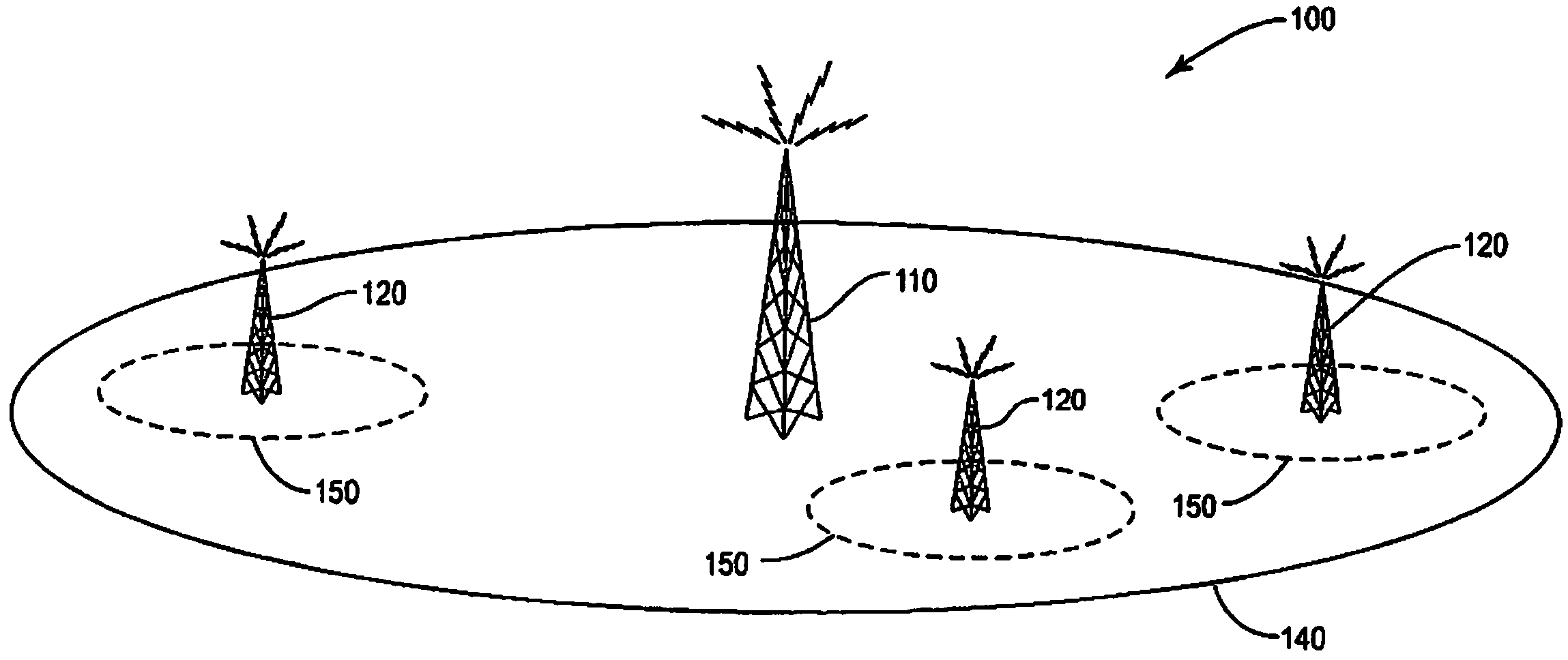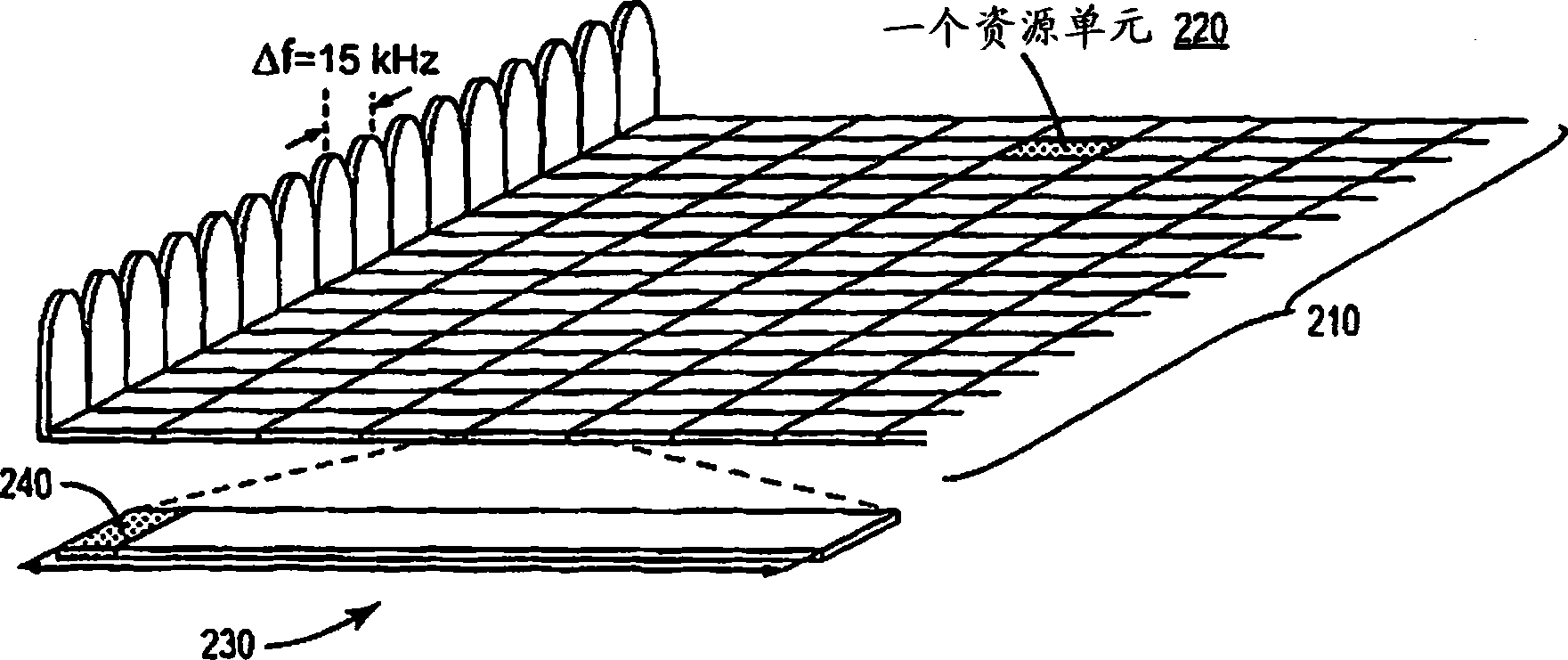Distribution of cell-common downlink signals in a hierarchical heterogeneous cell deployment
A physical downlink and signal technology, applied in the field of carrier resource allocation reference signal, can solve the problem of low resource utilization efficiency
- Summary
- Abstract
- Description
- Claims
- Application Information
AI Technical Summary
Problems solved by technology
Method used
Image
Examples
Embodiment Construction
[0043] Various embodiments of the invention are now described with reference to the drawings, wherein like numerals are used to refer to like elements throughout. In the following description, for purposes of explanation, numerous specific details are set forth in order to provide a thorough understanding of one or more embodiments. It will be apparent, however, to one skilled in the art that some embodiments of the invention may be practiced or carried out without one or more of these specific details. In other instances, well-known structures and devices are shown in block diagram form in order to facilitate describing the embodiments.
[0044] Note that although terminology from the 3GPP specifications for LTE and LTE-Advanced is used throughout this document to exemplify the invention, this should not be viewed as limiting the scope of the invention to these systems only. Other wireless systems that include or are adapted to include heterogeneous cell deployments may also...
PUM
 Login to View More
Login to View More Abstract
Description
Claims
Application Information
 Login to View More
Login to View More - R&D
- Intellectual Property
- Life Sciences
- Materials
- Tech Scout
- Unparalleled Data Quality
- Higher Quality Content
- 60% Fewer Hallucinations
Browse by: Latest US Patents, China's latest patents, Technical Efficacy Thesaurus, Application Domain, Technology Topic, Popular Technical Reports.
© 2025 PatSnap. All rights reserved.Legal|Privacy policy|Modern Slavery Act Transparency Statement|Sitemap|About US| Contact US: help@patsnap.com



